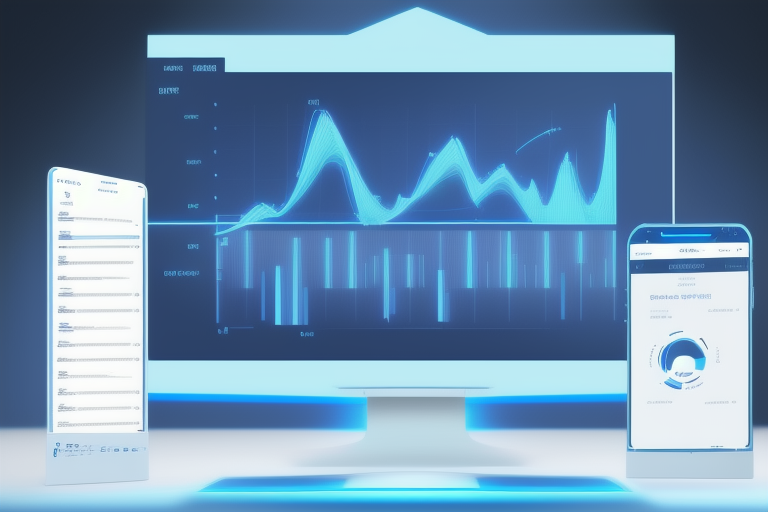Marketing Reports Essentials

Importance of Marketing Reports
Marketing reports are an essential tool for any digital marketing strategy, allowing businesses to track their performance, identify areas for improvement, and make data-driven decisions. By creating regular marketing reports, marketers can gain valuable insights into their campaign’s success, understand their audience’s behavior, and adjust their strategy accordingly.
Types of Marketing Reports
There are several types of marketing reports that can be created, each serving a unique purpose. For instance:
- Email Marketing Reports provide an in-depth analysis of email campaigns, including open rates, click-through rates, and conversion rates.
- Social Media Marketing Reports offer a comprehensive overview of social media performance, including engagement metrics, follower growth, and content performance.
- Local SEO Marketing Reports focus on the online visibility of local businesses, including Google My Business listings, local search rankings, and review management.
Automation Tips for Marketing Reports
To streamline the reporting process, marketers can leverage automation tools like Semrush’s My Reports. This tool allows users to:
- Create custom templates tailored to their specific needs
- Import data from multiple platforms, including Google Analytics, social media, and email marketing tools
- Add branding and text to reports, making them more visually appealing and professional
By automating the reporting process, marketers can save time, reduce manual effort, and focus on higher-level strategy and analysis. Additionally, automation enables real-time reporting, allowing for prompt identification of trends, opportunities, and challenges.
Practical Advice
To get the most out of marketing reports, consider the following best practices:
- Schedule regular report creation to ensure consistency and continuity
- Use data visualization to make complex information more accessible and engaging
- Set clear goals and KPIs for each report, ensuring alignment with overall marketing objectives
- Continuously monitor and adjust reporting strategies based on performance data and emerging trends
Relevant Examples
For example, a marketer running an email campaign could create a report in Semrush’s My Reports tool, automatically pulling data from their email service provider. This report might include metrics like open rates, click-through rates, and conversion rates, providing a comprehensive view of the campaign’s performance. Similarly, a social media manager could use the tool to generate a report on engagement metrics, follower growth, and content performance across different platforms.
By following these guidelines, marketers can create effective marketing reports that inform strategy, drive performance, and ultimately contribute to business success.

 Never miss an update from us, subscribe to our newsletter
Never miss an update from us, subscribe to our newsletter